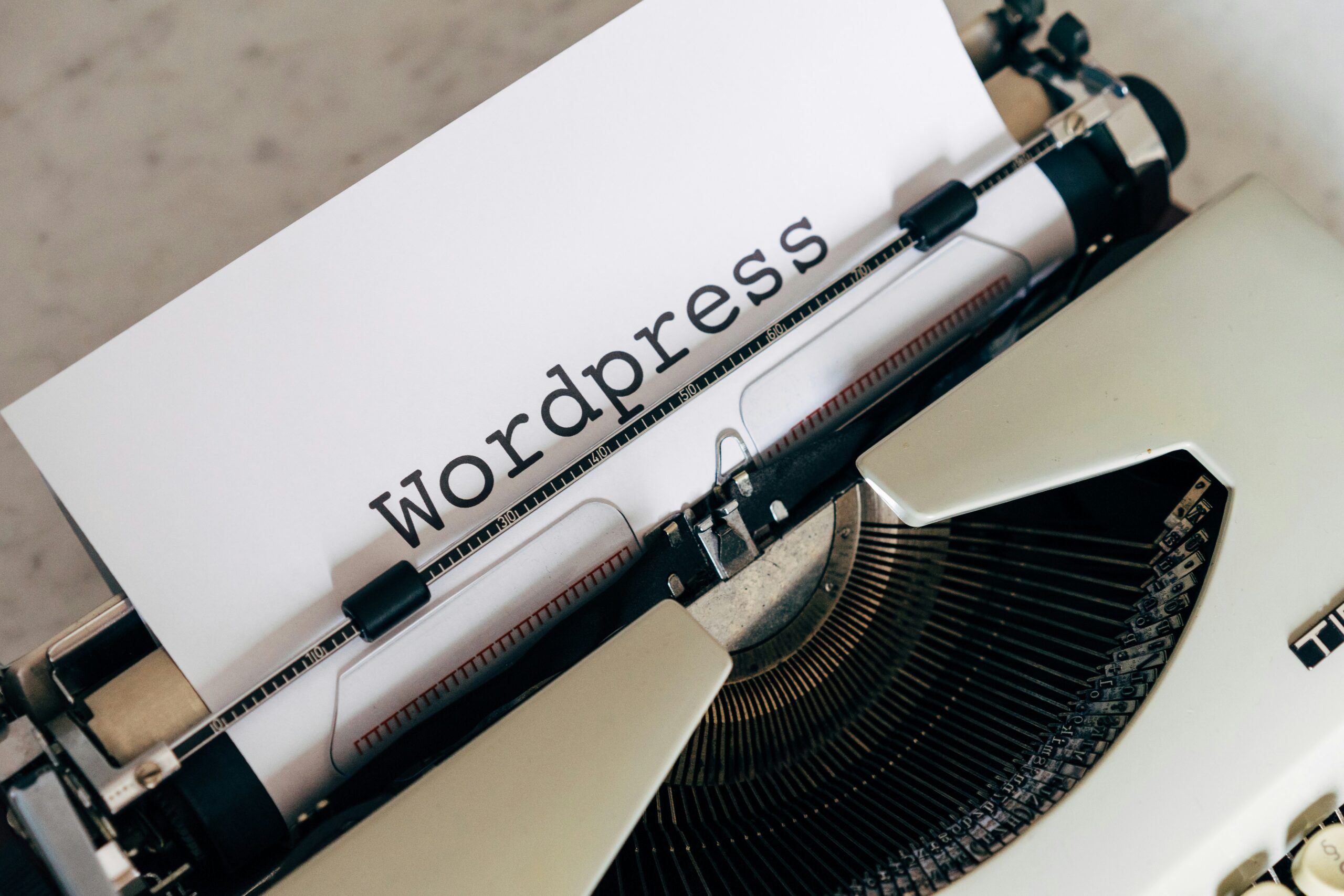Congratulations! You’ve taken the first step into the exciting world of WordPress. Whether you’re building a blog, a portfolio, or a full-fledged e-commerce store, WordPress is a powerful and versatile platform. But staring at the dashboard for the first time can feel a little overwhelming. All those menus, options, and widgets… where do you even begin? Don’t worry; you’re not alone. This beginner’s guide will take you on a tour of the WordPress dashboard, demystifying each section and empowering you to navigate your site with confidence. We’ll break down each key area, explain what it does, and give you tips for using it effectively. Get ready to unlock the full potential of your WordPress website!
1. The Dashboard Home: Your Central Command Center
The dashboard home is the first screen you see after logging in. Think of it as your website’s control panel. It provides a quick overview of what’s happening on your site and gives you access to important information.
- At a Glance: This box displays a summary of your site’s content, including the number of posts, pages, and comments. It also shows you the version of WordPress you’re running and the current theme you’re using.
- Activity: This section shows you recent activity on your site, such as published posts, pending comments, and newly registered users.
- Quick Draft: Need to jot down a quick idea for a blog post? Use the Quick Draft box to create a draft directly from the dashboard.
- WordPress Events and News: Stay up-to-date with the latest WordPress news, events, and community happenings.
2. Navigating the Left-Hand Menu: Your Key to WordPress Features
The left-hand menu is your primary navigation tool within the WordPress dashboard. It’s where you’ll find links to manage your content, customize your site’s appearance, install plugins, and more. Let’s explore some of the most important items:
- Posts: This is where you’ll create and manage your blog posts. You can write new posts, edit existing ones, categorize them, and add tags.
- Media: The Media Library is where you store all your images, videos, and other media files. You can upload new files, organize them into folders, and edit their metadata.
- Pages: Pages are used for static content like your “About Us,” “Contact,” or “Privacy Policy” pages. Unlike posts, pages are typically not associated with a specific date or time.
- Comments: This section allows you to moderate and manage comments left on your posts and pages. You can approve, delete, or mark comments as spam.
- Appearance: Here, you can customize your website’s look and feel by selecting a theme, customizing the theme’s settings, managing widgets, and creating menus.
- Plugins: Plugins are like apps for your WordPress site. They add new features and functionality, such as contact forms, SEO tools, and social media integration.
- Users: This section allows you to manage user accounts and assign different roles and permissions.
- Tools: This section provides access to various tools, such as import and export tools, which allow you to move content between WordPress sites.
- Settings: The Settings section is where you configure your site’s general settings, reading settings, discussion settings, and more.
3. Mastering the WordPress Editor: Creating Content Like a Pro
The WordPress editor, also known as the Block Editor (or Gutenberg), is where you’ll spend most of your time creating and editing content. It uses a block-based system, where each piece of content (text, images, videos, etc.) is placed within a separate block.
- Adding Blocks: Click the “+” button to add a new block. You can choose from a wide variety of blocks, including paragraph blocks, heading blocks, image blocks, video blocks, and more.
- Editing Blocks: Each block has its own set of settings and options that you can customize. To edit a block, simply click on it.
- Moving Blocks: You can easily rearrange blocks by dragging and dropping them into different positions on the page.
- Previewing Your Content: Before publishing your content, be sure to preview it to see how it will look on your website.
4. Customizing Your Appearance: Making Your Site Your Own
The Appearance section of the dashboard is your playground for customizing your website’s look and feel. Here’s a quick overview:
- Themes: Choose a theme that matches your brand and style. WordPress offers a vast library of free and premium themes to choose from.
- Customize: The Customizer allows you to tweak various aspects of your theme, such as the colors, fonts, header image, and background image.
- Widgets: Widgets are small blocks of content that you can add to your website’s sidebars, footers, and other widget areas.
- Menus: Create custom menus to help visitors navigate your website. You can add links to your pages, posts, categories, and external websites.
Conclusion
Congratulations! You’ve completed your tour of the WordPress dashboard. While there’s always more to learn, you now have a solid foundation for navigating your site and creating amazing content. Remember to explore each section, experiment with different features, and don’t be afraid to make mistakes. The best way to learn WordPress is by doing. So, go ahead and start building your dream website!
Ready to Dive Deeper?
Sign up for our free email course and learn even more WordPress tips and tricks!
FAQs
Q: I’m completely lost! Where should I start?
A: Start by familiarizing yourself with the left-hand menu. Understanding where each section is located is the first step. Then, focus on learning how to create posts and pages.
Q: Can I change the way the dashboard looks?
A: Yes! You can install plugins that customize the appearance and functionality of the dashboard.

Leave a Reply